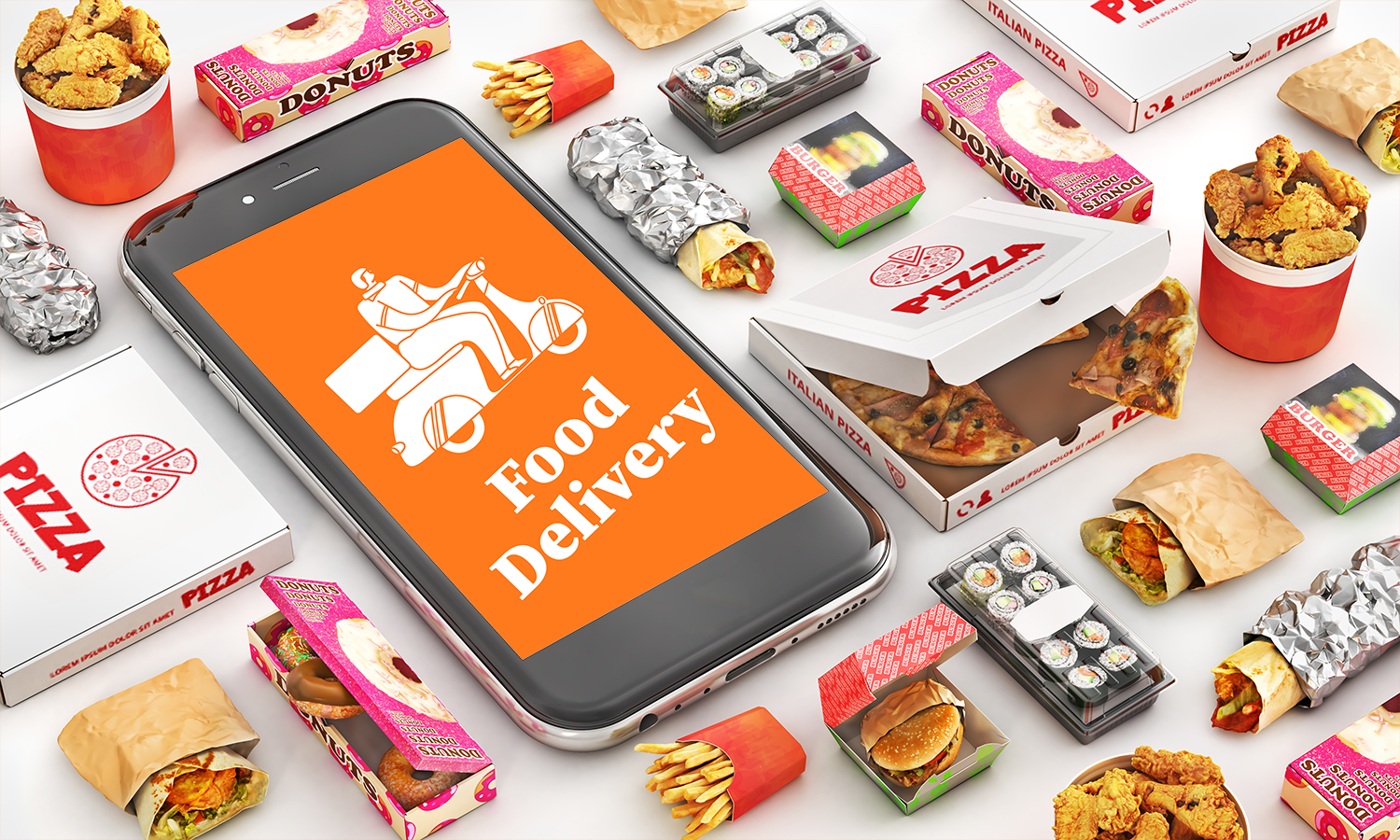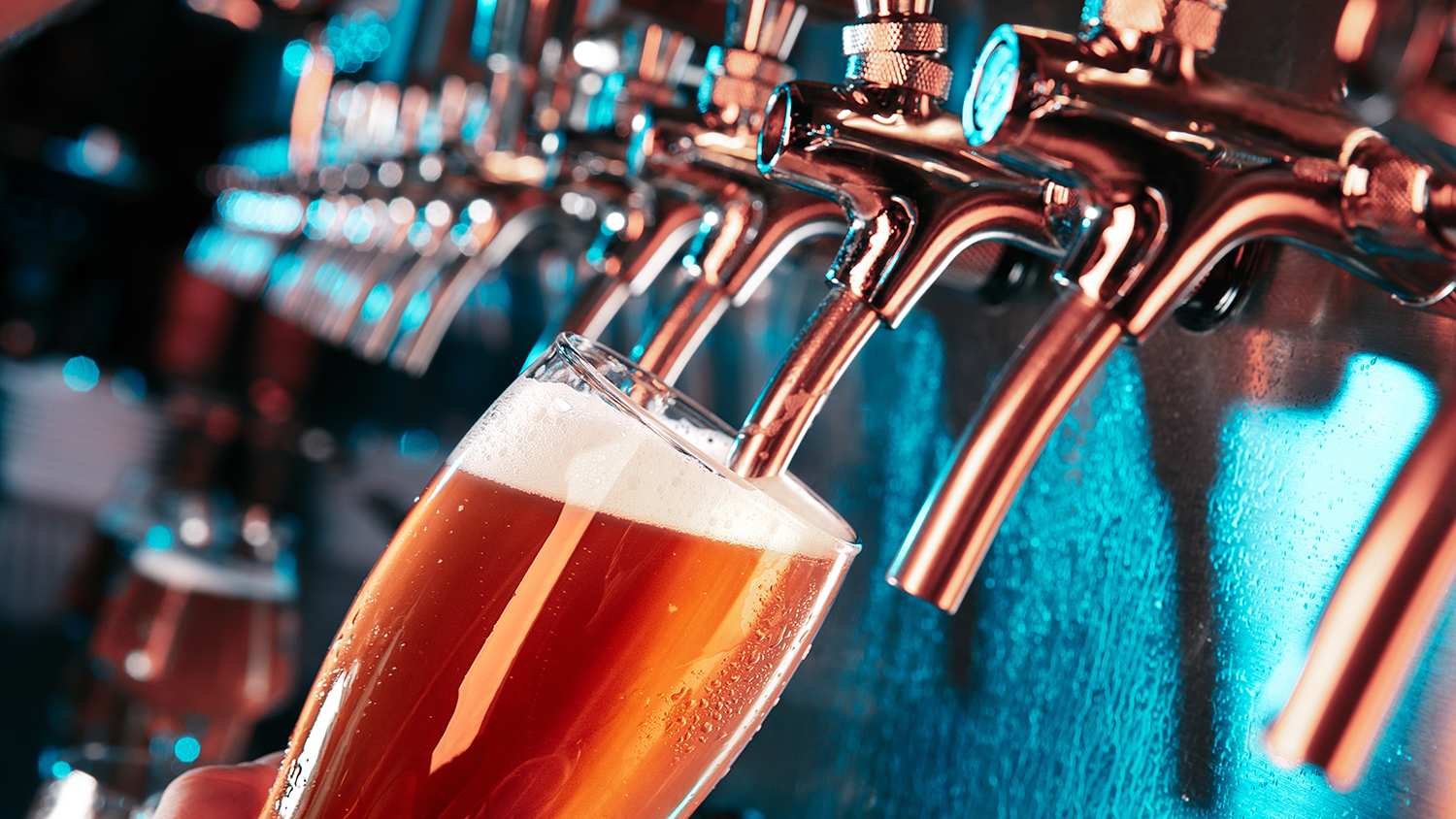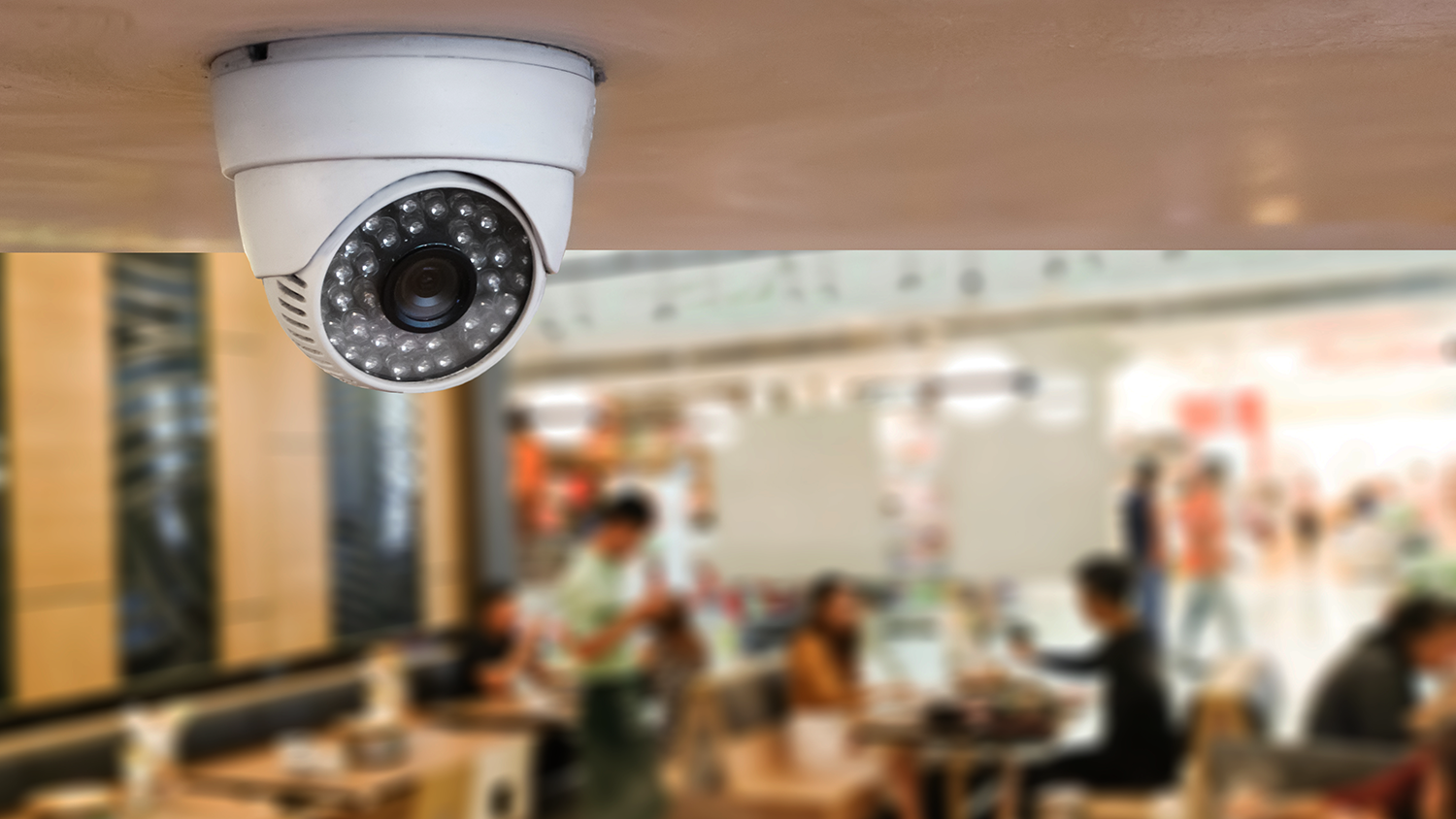By Silver Stephens, Contributor
Every restaurateur knows that day-to-day management isn’t always a walk in the park—even on the smoothest days. While pen and paper methods are the time-honored tradition, restaurant management software can streamline everyday tasks from staff scheduling to inventory to managing front of house, saving you time and headaches.
Not only that, but a good restaurant management system can facilitate customer connection and make first-timers into repeat-eaters.
We’ll get into everything a restaurant management system can do and our top software options, so you can find a solution tailor-made for your business needs.
What Can a Restaurant Management System Do?
Like every career, being a restaurant manager comes with challenges. Sometimes, these challenges are beyond your control, but sometimes, a more efficient system can be what nips your problems in the bud.
A good restaurant management system, or RMS, can cover many restaurant pain points, including but not limited to the following:
Customer Relationship Management (CRM): CRM software tracks your guests, including how much they spend, how often they come, what they order, and more. From there, you can get analytics that give you insights into what’s working, as well as ideas for things like personalized marketing campaigns.
Online orders and delivery: Since the onset of the COVID-19 pandemic, the rate of online ordering has skyrocketed and is projected to only grow. A restaurant management system can enable a restaurant to start taking online orders if it doesn’t already. It can even enhance the experience with features like built-in inventory tracking to avoid negotiating a substitution with a hungry customer at the last minute.
Staff scheduling: Anyone who has to make a schedule for a full restaurant staff knows it can feel like trying to make stars align, especially during busy vacation times like summer. Restaurant management systems keep everything on track for you.
Table management: Having reservations and seating in one system keeps you from overbooking and ensures that waitstaff gets their work fairly divided.
Inventory tracking and food safety: In addition to keeping track of the amounts of everything you have on hand, restaurant management systems can track expiration dates, keeping your customers safe.
POS: A reliable point-of-sales system can make the difference between a good night and a very frustrating one. Many POS systems include features like analytics and instant fund access, simplifying the business side of your restaurant.
Marketing: When marketing solutions are built into the software that stores customer profiles and analytics, creating effective email, social media, and text campaigns is much easier. Plus, having that customer data in front of you may give you new ideas.
With these things taken care of, you can focus on other aspects of managing your restaurant, like marketing and SEO, to boost brand awareness and increase your audience.
7 Top-ranking Restaurant Management Software Solutions
There are lots of RMS software solutions on the market. Here are just a few of our favorites:
Tarro
Tarro makes phone orders easier than ever with AI technology, freeing up your staff for other tasks. In addition, Tarro also streamlines the delivery process, eliminating the need for third-party apps and opening up your delivery range to reach even more hungry customers.
Finally, Tarro offers marketing solutions tailor-made to each customer, saving you time and money.
Toast
While there isn’t a one-size-fits-all restaurant management software, Toast comes pretty close. Toast offers POS capabilities, table management, order processing (including online orders), and inventory management. In addition, Toast also offers a range of third-party app integrations for marketing, people management, and more.
OpenTable
The basic tier of OpenTable emphasizes everything related to reservation management and maintaining guest connections, from initial booking to reviews. OpenTable gives each guest a profile that you can tag with notes.
Even though OpenTable's premium tiers are more expensive, they offer features like POS integration, table management, marketing options, and inventory management, so the splurge may be worth it.
TouchBistro
TouchBistro is a POS system that can manage tables, staff schedules, analytics, and of course, payment. In addition to being a full POS system, TouchBistro offers features like a kitchen display system for the back of house and a customer-facing display for the front of house to ensure correct customer orders.
TouchBistro also offers tableside ordering, which frees up waitstaff time. This can be especially good during busy times of the day when there are a lot of orders coming in.
Square for Restaurants
Square is known for being a POS system that allows instant access to your funds, but did you know it also has restaurant-specific features like giving you a free site for online orders? Square for Restaurants also allows you to manage tables, inventory, and your menu, which keeps customers at home from ordering dishes that aren’t available.
Square for Restaurants can integrate with many other management systems, including OpenTable and TouchBistro.
FoodDocs
FoodDocs is an easy-to-use food safety software created by experts. Its main job is to monitor and log the freshness of your restaurant’s ingredients to ensure customer safety and keep your menu at peak deliciousness.
FoodDocs is a fully customizable system, so you can tailor it to your restaurant’s needs with features like to-do lists, document upload, and third-party integration options.
SevenRooms
SevenRooms makes managing tables, reservations, overall performance, and online orders a cinch. It also offers various marketing options, from referral programs to email campaigns.
For restaurants that also dabble in extras, SevenRooms lets you manage events and experiences (as well as reservation add-ons).
Choosing the Right Restaurant Management Software
Restaurant management software is built to streamline operations and often works with more than one area of your business at a time. Pain points will differ for every restaurateur, so you’ll want to research and reflect before committing to a new program to train your staff on.
One of the most important things to consider is your budget. Most options listed are on a monthly subscription basis, so you’ll need to figure out how much you can set aside a month. Remember, you can always upgrade!
The other most important thing to consider is your restaurant’s needs. Do you need the most help in the dining room, kitchen, or finance side? Whether it’s tracking customers or managing your invoices, there are solutions tailor-made for what you need. Making a list of needs can aid in your research.
Also, consider flexibility—do you want to pay a little more to have a year-long tenure with a program, or would you rather work month-to-month to keep your options open? Many RMS solutions offer demos or free trials, which gives you a feel for working with the system before committing to it long-term.
Successfully Implementing Restaurant Management Software
As we discussed, thinking carefully about the features that will be the most helpful to you will go a long way in successfully choosing a restaurant management software.
Much of the software we’ve listed has a range of different features. We suggest trying them out, even if they’re not features you’ve purchased the system for, just to see if they work better than your current system. You’re paying for it anyway, so you might as well!
You’ll also want to be sure you train your staff (or delegate training to managers). You can make a day of it, having all your staff in at once to learn the new system and roleplay as customers, or you can have staff learn on their shifts. Ideally, it’d be great to have staff members well-trained before they’re on a busy shift to avoid mistakes.
Implementing and training your staff on a whole new system can be a big shift. While you’re making this change, think about your own restaurant management style. Are there areas in which you’d like to improve? Take this as an opportunity to jot down some management tips from experts and see if it makes the transition smoother.
To enhance the effectiveness of your restaurant management software implementation, consider the composition of your team. Building a high performing team, skilled in using the new system and adapting to changes, can significantly improve your restaurant's operations and customer service. This proactive approach ensures that your staff is not only competent but also excels in their roles, making the transition seamless and more successful.
Conclusion
RMS solutions simplify restaurant management. When your restaurant’s behind-the-scenes processes go smoothly, you have more time to focus on the customer experience (which some RMS solutions build into their software!).
For more on everything related to the restaurant world, including ownership tips, tricks, and trends, the hospitality experts at The Rail have you covered.
About the Author
Silver Stephens is a freelance writer, editor, and social media manager.















